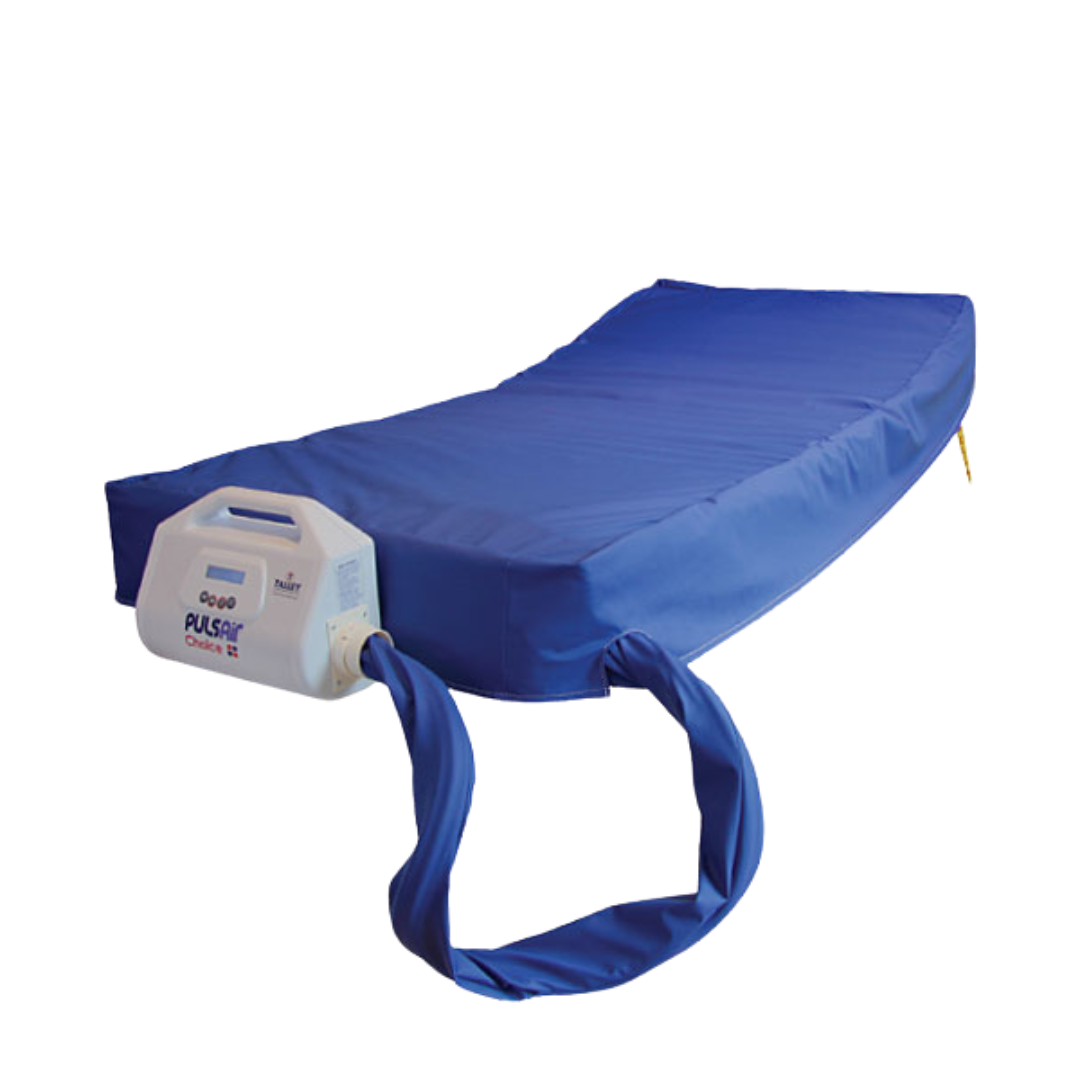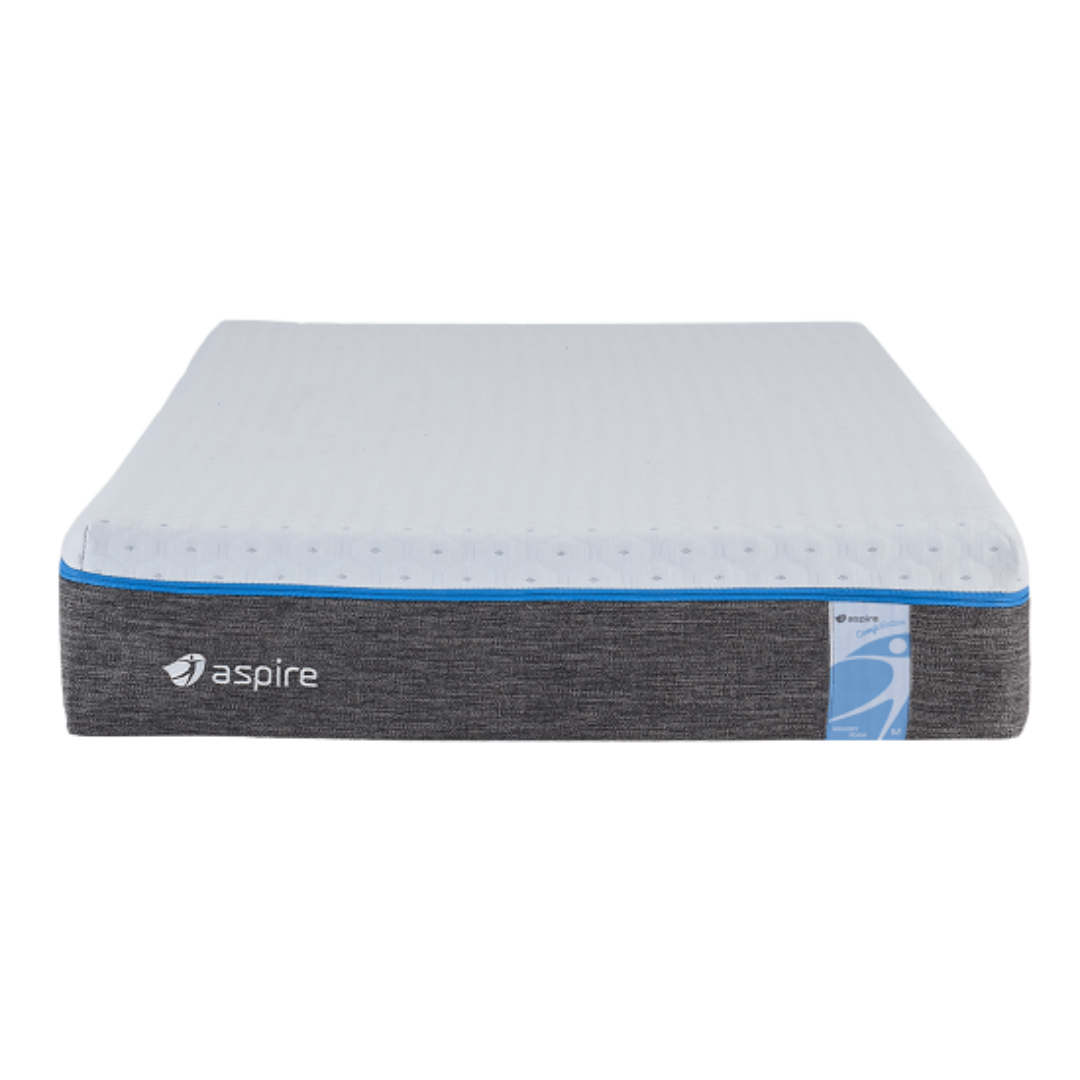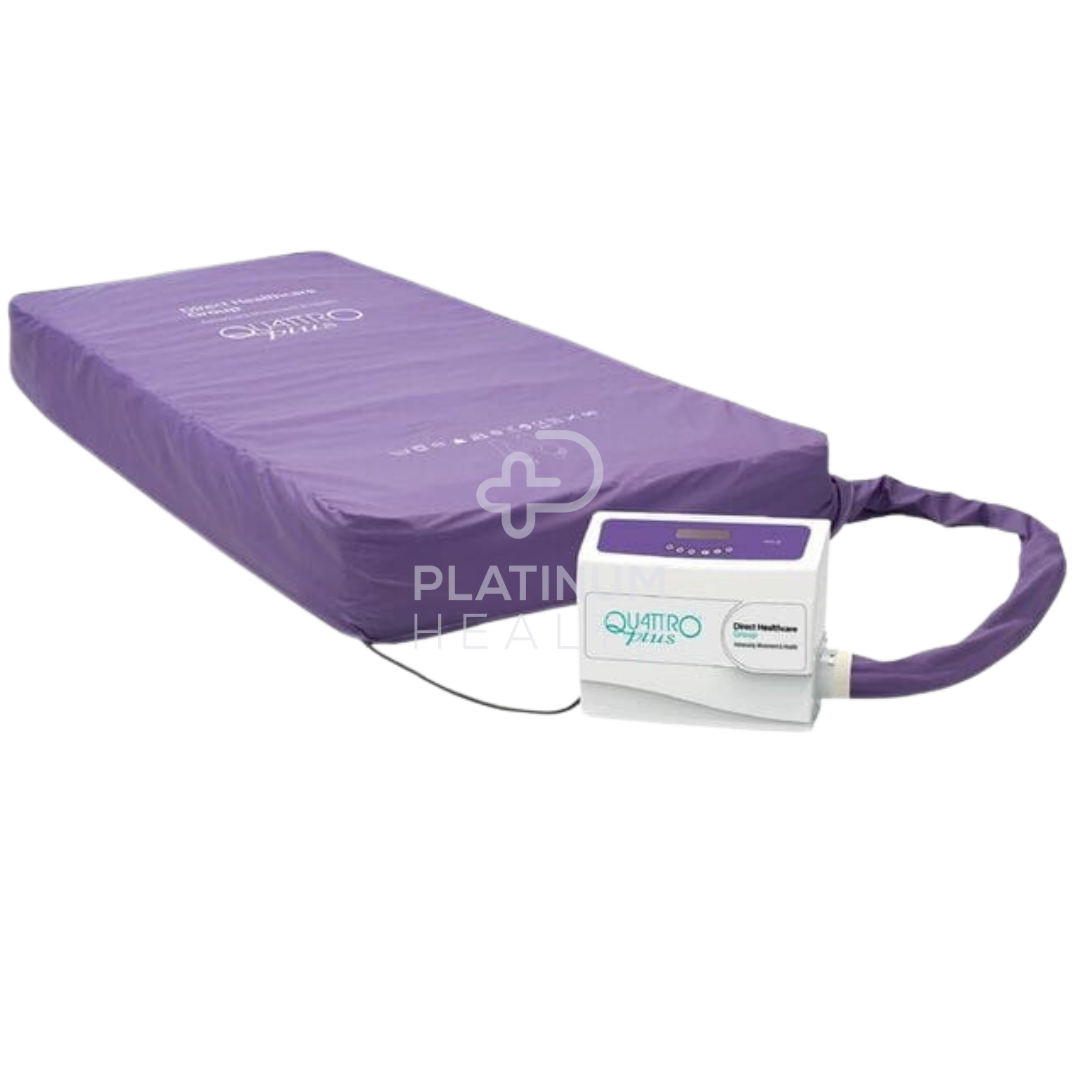What to Look for in a Pressure Care Mattress for Chronic Conditions

If you or someone you care for spends long hours in bed due to a chronic condition, choosing the right mattress isn’t just about comfort, it’s about protection, dignity, and quality of life. Pressure injuries (commonly known as bed sores) can develop quickly and lead to serious health issues, especially for people with limited mobility, circulation problems, or skin sensitivity.
That’s where pressure care mattresses come in.
These specialised mattresses are designed to redistribute pressure, reduce friction, and support healthier sleep. Whether you're managing conditions like multiple sclerosis, stroke recovery, spinal cord injury, or advanced age-related frailty.
Why Pressure Care Matters for Chronic Conditions
When someone lives with a chronic illness that limits their ability to move freely, the risk of developing pressure injuries becomes more than just a possibility—it becomes a serious daily concern. Here's why pressure care is so important, and how the right mattress can make all the difference.
What Are Pressure Injuries?
Pressure injuries (also called bed sores or pressure ulcers) occur when skin and the tissue underneath are damaged from prolonged pressure. Common high-risk areas include the hips, back, shoulders, and heels, especially in people who spend a lot of time in bed or in one position.
According to the Cleveland Clinic, these injuries can start as mild redness and quickly worsen into painful wounds that are difficult to treat, particularly in people with limited mobility or poor circulation.
Who’s Most at Risk?
Individuals living with chronic conditions such as stroke, spinal cord injury, multiple sclerosis, Parkinson’s disease, or advanced diabetes are more prone to pressure injuries. Frail elderly people, especially those who are underweight or unable to reposition themselves independently, are also at increased risk.
Research published in PubMed shows that the development of pressure injuries in long-term care and home settings can be emotionally distressing for patients and costly for families and health services alike.
Why Prevention Is Better Than Treatment
Treating pressure sores once they’ve formed is often complex, requiring wound care, dressings, and in some cases, hospitalisation. Prevention is not only more comfortable, it's also more cost-effective and protective of quality of life.
The NCBI highlights pressure redistribution as one of the most effective strategies for preventing skin breakdown in at-risk individuals. This is where pressure care mattresses come into play.
How Pressure Care Mattresses Help
A good pressure care mattress works by distributing weight more evenly and reducing pressure on vulnerable areas. This helps minimise the friction, heat, and moisture that contribute to skin breakdown, especially during long periods of bed rest.
For people with chronic conditions, these mattresses don’t just improve comfort, they actively reduce the risk of complications, improve sleep quality, and preserve independence.
Matching the Mattress to the Condition
Not all pressure care mattresses are created equal and not all chronic conditions affect the body in the same way. Choosing the right mattress means looking beyond just softness or firmness. It’s about understanding how the condition affects mobility, skin integrity, body weight, and even temperature regulation. When matched well, a mattress can support healing, reduce complications, and improve long-term outcomes.
Let’s explore how certain conditions influence your mattress choice and what to prioritise when selecting one.
Limited Mobility or Paralysis
People with spinal cord injuries, multiple sclerosis, or those recovering from stroke often spend long periods lying in the same position. This constant pressure—especially over bony areas like the sacrum and heels—can lead to rapid skin breakdown.
According to HME Business, alternating pressure mattresses or multi-layer foam options are ideal here. These mattresses shift pressure regularly across different areas of the body, helping reduce the risk of ulcers without needing the user to move frequently.
Diabetes or Poor Circulation
Chronic conditions like diabetes reduce circulation, especially in the legs and feet, and make the skin slower to heal. Even minor pressure or friction can lead to long-term wounds.
Encompass Group recommends using a mattress with high-level pressure redistribution and moisture control features. Look for options with low-shear covers and breathable materials to help manage skin temperature and reduce friction.
Chronic Pain or Sensory Sensitivities
For people living with fibromyalgia, advanced arthritis, or other conditions that involve chronic pain, the goal is to relieve pressure while supporting alignment. A mattress that’s too firm can cause discomfort, while one that’s too soft may not provide adequate support.
A study published in PMC suggests that multi-zoned foam mattresses can be helpful in these situations, as they support different parts of the body in different ways, reducing pain without sacrificing stability.
Frailty or End-of-Life Care
In palliative or aged care settings, comfort and skin protection are equally important. People who are frail or nearing end of life often have very delicate skin and may be highly sensitive to even gentle touch.
Here, a mattress with pressure redistribution and moisture-wicking properties can help improve comfort while reducing the risk of skin breakdown. It’s also worth considering how the mattress works with other equipment, like adjustable beds or hoists.
Key Features to Look for in a Pressure Care Mattress
When shopping for a pressure care mattress, especially for someone with a chronic condition, it’s important to focus on more than just how it feels to lie on. The right features can help prevent pressure injuries, improve sleep quality, and reduce the need for constant repositioning.
Below are the top features to look for, along with real product examples that bring those benefits to life.
1. Pressure Redistribution
The main job of a pressure care mattress is to redistribute weight so that no one area—especially the hips, sacrum, or heels—bears too much load for too long. Without this, pressure injuries can develop rapidly.
![]()
Homecare ICON Medium Premium Triple Layer Mattress
This triple-layer foam design provides excellent pressure redistribution for medium-risk users. It combines comfort and clinical support, making it suitable for home and aged care environments.
Best for: Individuals with limited mobility or medium risk of pressure injuries.
2. Alternating Pressure Therapy
Alternating pressure systems use air cells that inflate and deflate at timed intervals to continually shift pressure points. These are ideal for users at high or very high risk of skin breakdown.

Talley Pulsair Choice Mattress
This dynamic mattress provides alternating air therapy with automatic pressure adjustments, offering reliable support for users with complex care needs.
Best for: High-risk patients, including those with spinal injuries, stroke, or very limited mobility.
3. Moisture and Shear Reduction
Moisture from sweat or incontinence, combined with skin rubbing against bedding, can lead to shearing and breakdown. Look for low-shear covers and breathable materials to manage these risks.
![]()
Mattress Forte Icon I3 with Advantiflex Classic Cover
With a high-performance stretch cover designed to reduce shear and wick away moisture, this mattress adds another layer of protection against skin damage.
Best for: Aged care and long-term use, especially where skin sensitivity or incontinence is a concern.
4. Custom Comfort and Zoning
Some users, especially those with chronic pain, benefit from zoned or memory foam layers that contour to the body’s natural shape. These help with spinal alignment and reduce strain on pressure points.

Aspire ComfiMotion Memory Foam Mattress
This luxurious mattress combines comfort and support with multi-zoned memory foam to relieve pressure and promote better posture.
Best for: People with chronic pain or arthritis who require both comfort and support.
5. Advanced Therapy + Versatility
Some users require complex, hospital-grade support—especially when dealing with existing wounds or end-of-life care. These mattresses often combine multiple pressure relief methods and include advanced features like intuitive pumps and alarms.

Quattro Plus Mattress (Formerly Talley)
A gold-standard option for high-risk and critical care, this mattress includes advanced microclimate management and automatic cell cycling for consistent pressure relief.
Best for: Very high-risk users with existing wounds, or those requiring clinical-grade care at home.
Helping You Make the Right Choice
The right pressure care mattress isn’t just a bedding upgrade—it’s a powerful tool in protecting health, dignity, and comfort for people living with chronic conditions. Whether you're supporting someone through recovery, managing long-term immobility, or simply want to prevent skin breakdown, choosing the right mattress can make daily care safer, easier, and more restful.
Still unsure which option is best for your needs?
We’d love to help.
Visit our Epping showroom
Try different pressure care mattresses in person and speak with a friendly team who understands real-world care at the Platinum Health Epping Showroom.
Unit 2/51 Trafalgar Road, Epping VIC
Weekdays, 9am–5pm
Let’s take the guesswork out of pressure relief, together.
Important Disclaimer
This blog is intended to provide general information about pressure care mattresses for individuals living with chronic health conditions. While every effort has been made to ensure accuracy, the content is for educational purposes only and should not be considered a substitute for professional medical advice, diagnosis, or treatment.
All medical claims, pressure injury risks, and recommendations mentioned in this blog are based on publicly available clinical research and reputable healthcare sources. Always consult with a healthcare professional—such as a GP, occupational therapist, or wound care specialist—before making decisions about pressure care equipment or mattress use.
Platinum Health Supply is not liable for any injury, condition, or adverse outcome that may result from the improper selection or use of products featured in this content.
If you suspect that you or your loved one may be at risk of pressure injuries or require specialist support, please seek medical advice promptly.
